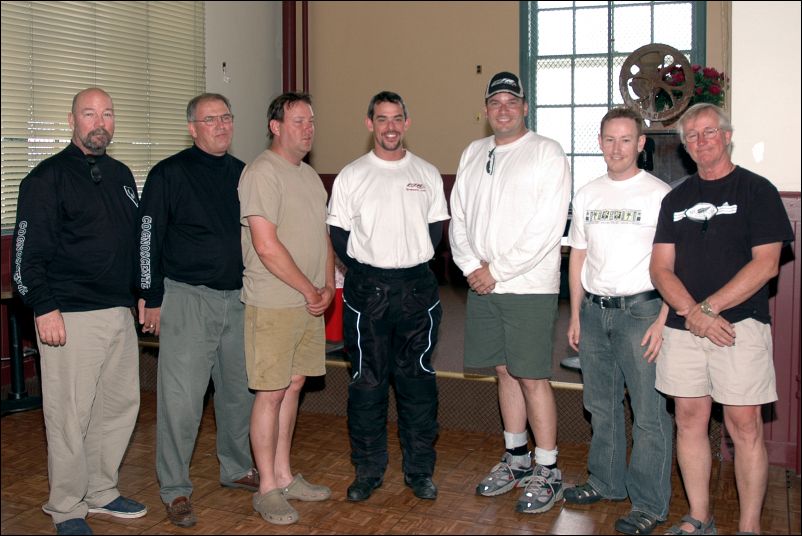Warchild
Benevolent Dictator
Now you're guilty of failing to read the Forum Terms and Rules, because if you had, you would have:My suspicions are verified by Ignacio moving my question to the useless section of the forum even though his and other answers did not meet the question asked.
- known that NERPT is far from "useless"; rather, the acronym is "Never Ending Recurring Pointless Threads".. do you see the word "useless" in there? No, you do not. You see the word "pointless", because the subjects almost never, ever reach consensus, so that's where the "pointless" comes into play. But they are far from "useless", particularly to new owners such as yourself.
- Known that the answers that you seek reside in "The Best of NERPT", where approx 2/3's down this page is an ENTIRE SECTION on Fuel... including fuel mileage, octane use, etc, etc
But, here.... since it is several days from Dogpile Friday, allow me to offer some sage advice that you are, of course, free to cheerfully ignore... 'cuz Friday's not *that* far off.....
- If there is one person I (myself) would listen to when it comes to the FJR powerplant, it would be ionbeam. You don't know this because you are a relative newcomer. Fair enough. Now you've been informed. If Alan tells you something about fuel injection on our bikes, he is not bullshitting you. At all. His post #10 in this thread is spot-on-the-money.
- You need to simply give up on the idea that you are going to find a replacement computer for the FJR (any model year) to convert the fuel injection to sequential fuel injection. They don't exist for this model. Okay? Go ahead and ask away regarding O2 readings, etc, or.... you can read what these figures are in the "The Best of NERPT" thread mentioned above (it is buried in there somewhere). But as ionbeam correctly observed, this concept has been discussed 1001 times in the past 9 years, that's why it is NERPTy.
- The fact of the matter is..... SkooterG ears are scary-large. Motherfucker looks like a lanky Dumbo, in fact. Think I'm kidding? Check him out standing in the center of White Pine Fever "2KDay" Finishers below..... look at those massive, huge-ass ears!
.
.
.
.
.
.
.
.
.
.
.
.
.

Last edited by a moderator:



